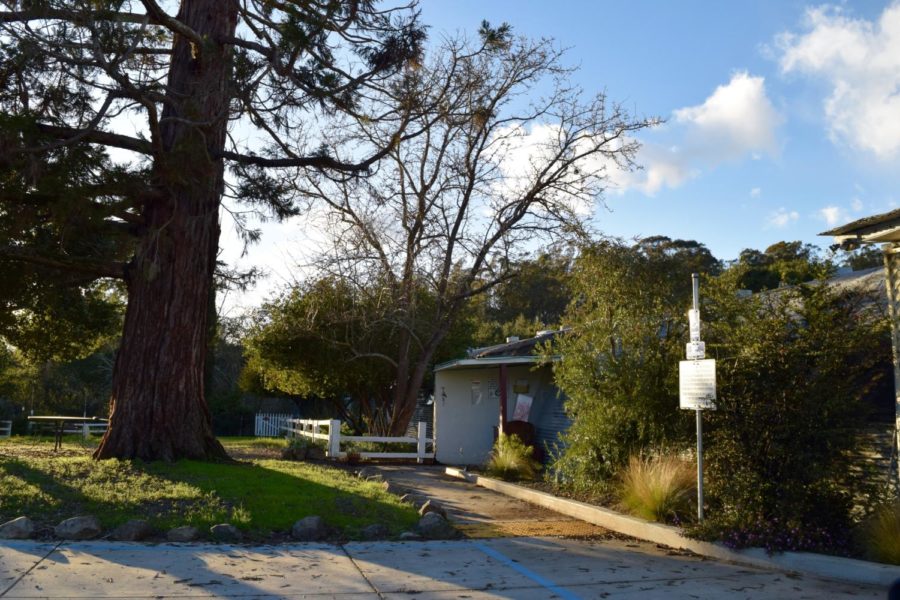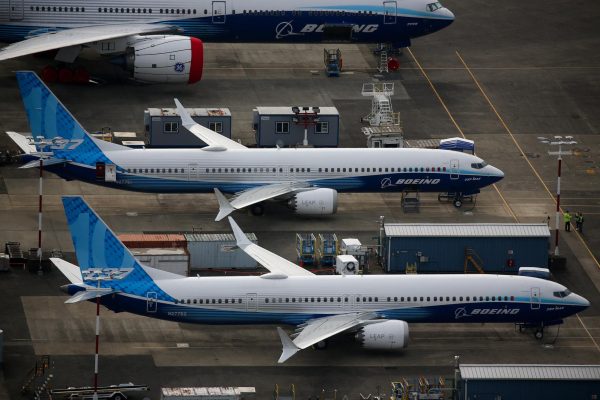Time is Ticking for Bird Rescue Center
The Bird Rescue Center has served Sonoma County for 38 years on rent-free government land. However, the Center is facing the costs of moving to a new location after its agreement with the county expires.
The Bird Rescue Center (BRC) cares for up to 3,000 birds per year, rescuing injured, orphaned, or sick wild birds. Their facility has been located in Santa Rosa for 38 years free of charge, but the BRC was notified that this agreement that made the land free would be ending by Feb. 11.
This challenge arose when the county deemed the property a “surplus,” and decided that it needed to be sold for housing by the end of 2019. Fortunately, the Rescue Center had already been looking for a new home, but problems had already arisen when their search to find a proper location for thousands of feathered inhabitants became more serious. Yes, there are the challenges of being able to raise enough money to be able to move to a new place, build a new facility, but along with that comes the possibility of us being able to make an actual better physical center. — Ashton Kluttz
Despite this, Vice Chair of the BRC’s Board of Directors, Sam Marsh, says that she is encouraged by the progress they are making in finding a fitting location.
“I feel fairly confident that we can find short term solutions. In the long term our ability to not only finalize the lease but to raise money to buy or to build a new facility is going to be the biggest challenge,” said Marsh.
Raising money is difficult because the lease has not been finalized: in order to begin a “capital campaign,” that is, a fundraiser by a nonprofit toward a specific monetary goal, the Rescue Center must already have plans to move into a new building, so they are not raising money without a specific cause.
“We’re sitting in what we call a perfect storm,” said Marsh. If the nonprofit must move and does not already have a secure location, the birds housed there must be transferred to five surrounding bird rescue agencies. However, the resident birds, or “Raptor Ambassadors” (those that live at the center permanently for education purposes) require a federal permit that cannot be issued in time for them to move into a temporary, interim location.
Marsh says that giving the birds a temporary home before moving costs other rescuers lots of money.
“It’s not just impacting our organization, it’s impacting the organizations that we support and that support us — and that would have to try and pick up the slack. The worst case scenario is that nobody does it and a lot of birds die,” said Marsh.
Ashton Kluttz began volunteering at the BRC almost a decade ago. She worked her way up to her current position as Executive Director. The Rescue Center has allowed her to both learn about the wildlife rehabilitation community and use that knowledge to teach classes and symposiums on the subject.
Although she believes the relocation task at hand to be “daunting,” Kluttz feels a similar optimism to Marsh.
“I’ve worked now in a lovely curved Quonset hut [a type of sheet metal building] for a very long time and that definitely poses its challenges,” she said. “Yes, there are the challenges of being able to raise enough money to be able to move to a new place, build a new facility, but along with that comes the possibility of us being able to make an actual better physical center.” The new location means that volunteers and employees can update existing aviaries to reflect new medical and surgical practices.
Although the future is uncertain for the Bird Rescue Center and the thousands of birds it cares for each year, the BRC will continue to put as much effort into relocation as possible. For those interested in helping, the Rescue Center has a Junior Volunteer program for ages 13 to 18, as well as a variety of opportunities for adults to volunteer. The BRC welcomes donations and support of any kind; for more information, visit them online.
















